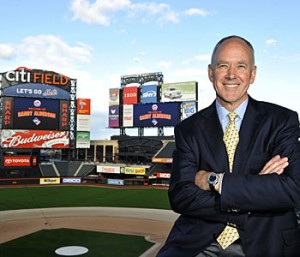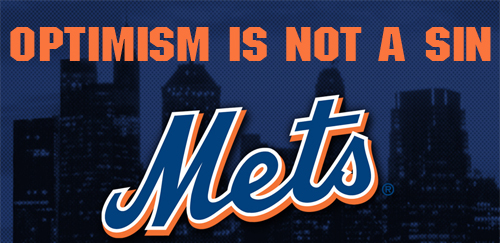It was a horrible game. The Mets played sloppy baseball all around the diamond, and didn’t hit the ball with runners in scoring position. Niese didn’t throw enough curveballs and was forced to get too many outs in one inning, but survived through five.
This game was not a result of comments made by guys in suits. This game was the result of play on the field, which wasn’t better than the Cubs play on the field. Ruben Tejada was not thinking about what a meanie Fred Wilpon was to Jose Reyes when he failed to catch a pop-up going back.
Jason Bay is not done. He’s not very good, deserves all sorts of criticism, and is killing the lineup but he’s not done. Just like Carlos Delgado was not done in 2008. Remember him? I always laugh because there’s a blog out there called Ketchup On Your Ice Cream, whose last post was a frantic call for Mike Carp to replace him. This blog still stands, nearly three years later, as a monument to not overreacting. Yes, Bay looks horrible. Luckily he’s a hard worker and a hustler. He can come out of it. No better time than right now, when the Mets need offense the most.
Justin Turner is not “regressing to the mean” as I saw one beat writer note last night. Rookies do not regress, because the idea of regressing suggests a baseline value. Justin Turner does not have a baseline value, because his major league sample size is ridiculously small. Even punching in his Buffalo numbers to the extremely questionable minor league equivalency calculator gives him a respectable .743 OPS in the majors. Obviously it’s unlikely he’ll hit like Albert Pujols and drive in a run every game, but that doesn’t mean he’s trash.
The Mets are not done. Yes, they’re in a tough spot with the offense. Justin Turner helped some, but when he cooled off no one else stepped up to get big hits. When the offense is struggling the defense needs to make the plays and avoid costly mistakes that extend innings and make things tougher. The Mets had been pretty good at that, but they’ve gotten sloppy again lately. They’ve got one of those “turning point” series coming up this weekend with the Phillies. Everyone overreacting right now will likely be overreacting in the other direction if the Mets win that series.
The pitching is not horrible. The bullpen is actually very good, but the starters are what’s in question here. Yes, Pelfrey and Niese fell apart around some sloppy play and bad luck, but they’re not crap. Pelfrey is a solid above average workhorse type pitcher and Niese is still learning the league and the craft. Dickey put up a good showing on Friday and hopefully that means he’s back in command of his knuckleball. Gee’s a rookie and Capuano’s pretty solidly average. I’ve long been saying the good part of the Mets rotation, and the team in general, is that they all around don’t suck. There aren’t any huge black holes and automatic outs or gimme pitchers. Every pitcher is capable of pitching very well, and most of the time they’ll keep the team in games. The lack of an ace, for now, is mitigated some by having an above average back end of the rotation. I also suspect Sandy Alderson is looking for a couple of pitchers that could help out a little, for depth purposes, but it’s hard to find much in May.
So in the end, it’s just one game. You can’t overreact and point to every three game losing streak as confirmation that all the negative gibberish spouted about the Mets is true anymore than you can take a three game winning streak as evidence that I’m correct in my prediction of the Mets clinching the division on August 25th against the Phillies. It’s a long season, and lots of things change week to week and even day to day.
 It’s not all negative out there.
It’s not all negative out there. 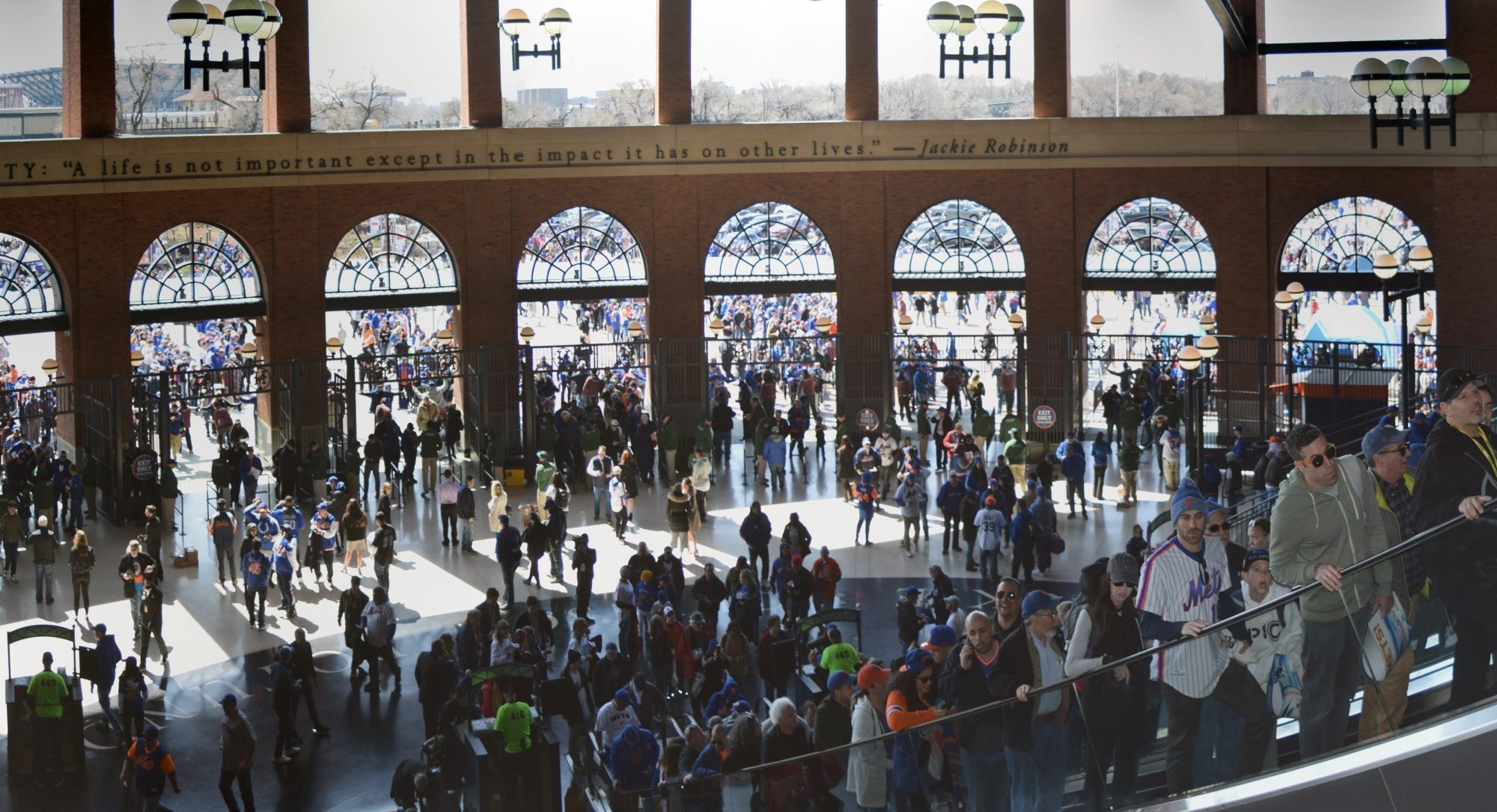
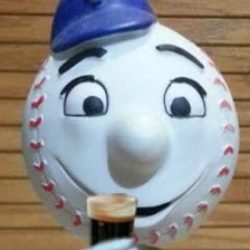

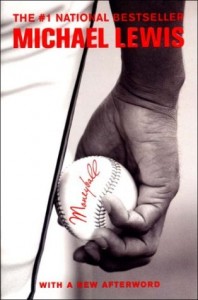 Moneyball was a good read, but it’s not quite the guide to the Mets new front office that many seem to think it is. Sandy Alderson has repeatedly stated that he wouldn’t have taken the job if he was forced to operate the way the Oakland A’s did in the book. Moneyball gets mixed up with Sabermetrics, but it’s only really one story about one team and not really about the statistics we associate with Sabermetrics these days.
Moneyball was a good read, but it’s not quite the guide to the Mets new front office that many seem to think it is. Sandy Alderson has repeatedly stated that he wouldn’t have taken the job if he was forced to operate the way the Oakland A’s did in the book. Moneyball gets mixed up with Sabermetrics, but it’s only really one story about one team and not really about the statistics we associate with Sabermetrics these days.
